Table of Contents
Did you know that etiquette plays a massive role in Japanese culture? It’s not just about saying “please” and “thank you,” but it goes much deeper than that. Etiquette is like the secret sauce that keeps the social fabric of Japan tightly woven together. It’s all about showing respect, maintaining harmony, and valuing others’ well-being. From bowing to gift-giving, dining to communication, every aspect of daily life in Japan is influenced by a beautiful tapestry of customs and rituals that have been cherished for centuries. The purpose of this article is to be your go-to guide, your trusty companion, on the fascinating journey of Japanese etiquette. Whether you’re planning a trip to Japan, curious about its culture, or simply interested in expanding your knowledge, we’ve compiled a comprehensive resource that will help you navigate the intricacies of Japanese etiquette with confidence. So get ready to dive in and discover the fascinating world of mindfully minding your manners in Japan!
Bowing – The Art of Greeting
Let’s talk about bowing! In Japanese culture, bowing is more than just a simple greeting. It’s a profound gesture that symbolizes respect, humility, and acknowledgment of the other person’s presence. You see, bowing is deeply ingrained in the fabric of Japanese society, and it’s considered a fundamental aspect of etiquette. Whether you’re meeting someone for the first time, expressing gratitude, or apologizing, bowing is the way to go.
Now, here’s where it gets interesting. Did you know that there are different types of bows? It’s true! The depth and angle of the bow can convey different meanings and levels of respect. For instance, there’s the casual bow, which is a slight nod of the head, suitable for informal situations like greeting friends or colleagues. Then, there’s the respectful bow, where you bend at the waist with your back straight, showing a higher level of deference. This type of bow is often used to show respect to superiors or during formal occasions like ceremonies or business meetings.
Proper posture and timing of a bow
Now, let’s get the posture right! When bowing, it’s crucial to maintain a straight back and avoid slouching. Keep your feet together and your arms relaxed at your sides. The timing of the bow is also important. Generally, you initiate the bow as you greet the person or when they extend their bow first. Remember, the depth and duration of the bow depending on the context and the relationship between individuals. It’s a dance of mutual respect and consideration.
Dos and don’ts of bowing
Here are some dos and don’ts to keep in mind while bowing in Japan. Do make eye contact and offer a warm smile along with your bow to show sincerity. Do bow in return when someone bows to you as a sign of reciprocal respect. Don’t slouch or hunch your shoulders during the bow, as it may be perceived as disrespectful. Don’t bow excessively deeply unless the situation calls for it, as it might seem overly formal or even insincere. And finally, don’t rush through the bow; take your time and show genuine respect. Keep these tips in mind, and you’ll navigate the art of bowing like a pro!
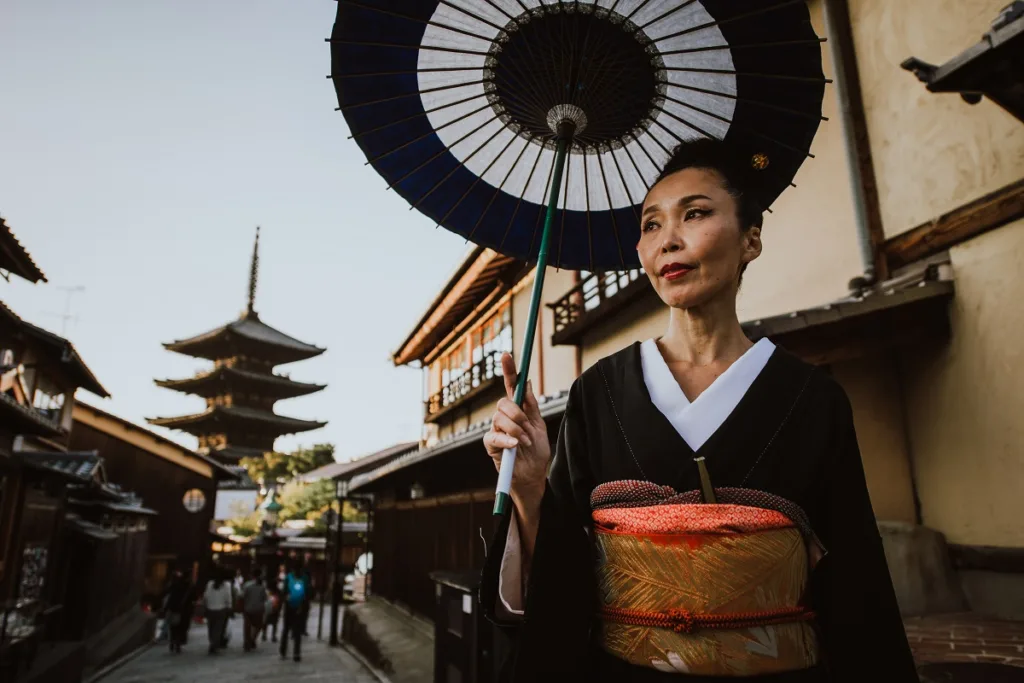
Ochitsuke – Mindful Behavior
Respect for personal space and avoiding physical contact
When it comes to personal space, the Japanese value it greatly. It’s essential to be mindful and respectful of the personal boundaries of others. Avoid unnecessary physical contact, such as hugging or touching, especially when meeting someone for the first time. Instead, a polite bow or a nod of the head is the appropriate way to greet others without invading their personal space.
Quiet and reserved behavior in public places
Picture this: you’re on a crowded train in Tokyo during rush hour. What do you hear? Not much, right? That’s because the Japanese have a strong cultural inclination toward maintaining a quiet and serene environment, particularly in public places. It’s considered impolite to speak loudly or engage in disruptive behavior. Keep your volume low when conversing and be mindful of the noise you generate to respect the peaceful atmosphere.
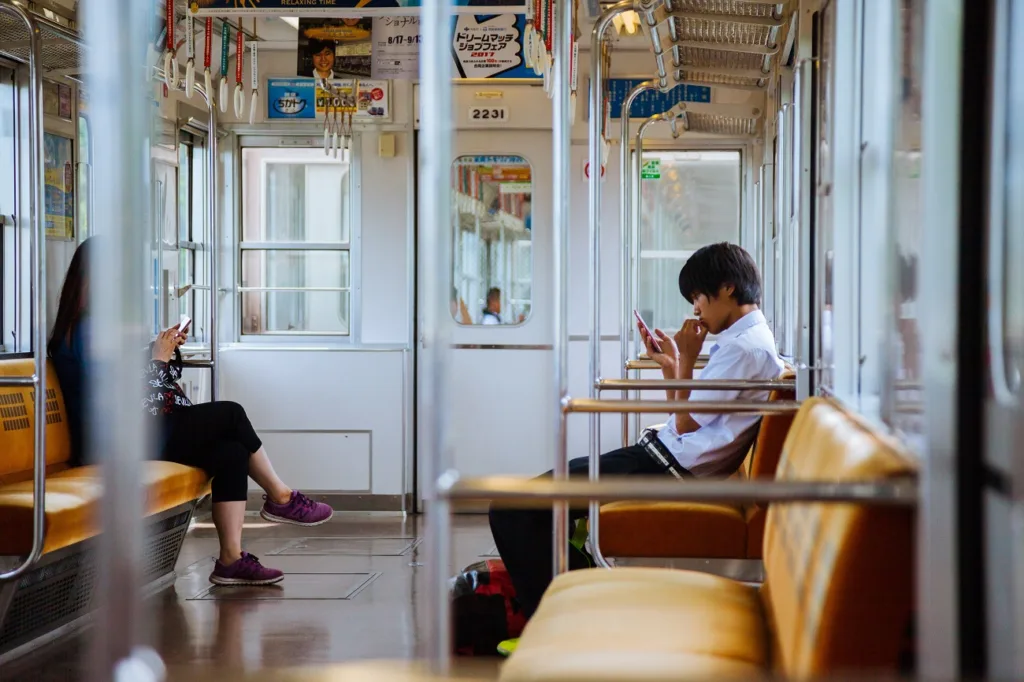
Proper use of chopsticks and table manners
They are an integral part of Japanese cuisine and mastering their usage is not only practical but also shows respect for the culinary culture. When using chopsticks, hold them towards the top with your thumb and forefinger, and use the other fingers for support. Avoid sticking chopsticks vertically into your food, as this resembles a funeral ritual. Also, don’t pass food directly from your chopsticks to someone else’s; instead, use serving utensils. And remember, slurping noodles is perfectly acceptable in Japan—it’s even considered a compliment to the chef!
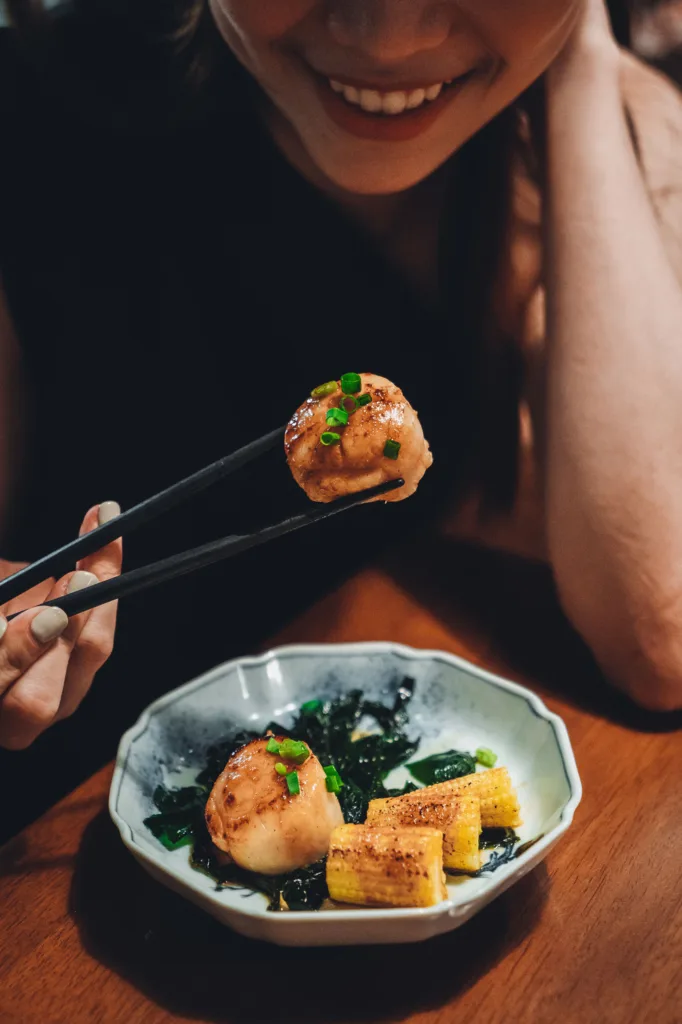
Taking off shoes and proper footwear etiquette
In Japanese homes, temples, and certain other establishments, it is customary to remove your shoes upon entering. This practice helps maintain cleanliness and demonstrates respect for the space and the people within it. Look for a designated area near the entrance to leave your shoes and put on slippers if provided. However, note that there may be separate slippers for use in the bathroom—make sure to switch into those. And if you’re unsure, follow the lead of the locals or ask for guidance to ensure you’re adhering to proper footwear etiquette.
Communication and Politeness
Honorific language (keigo) and its importance
In Japanese communication, the honorific language, known as keigo, holds great importance. Keigo is used to show respect and establish hierarchical relationships in various social interactions. It’s essential to understand and employ the appropriate level of politeness when addressing others based on their age, social status, or position. Mastering keigo demonstrates your respect for the individual and the social norms upheld in Japanese culture.
Greetings and proper phrases for different situations
Greetings in Japan are more than just a simple “hello.” They serve as a way to show respect and acknowledge the presence of others. Depending on the time of day and the relationship between individuals, different greetings are used. For example, “ohayou gozaimasu” (good morning) is appropriate for mornings, while “konnichiwa” (hello) is suitable for daytime interactions. Additionally, there are specific phrases for expressing gratitude, apologizing, and other social situations. Familiarizing yourself with these phrases will help you navigate conversations with grace and politeness.
Appropriate use of body language and gestures
In Japanese culture, body language and gestures can convey important messages and emotions. For instance, maintaining good posture and avoiding excessive hand movements during conversations is considered respectful and professional. Additionally, subtle nods of the head can show agreement or understanding. However, it’s important to be mindful of excessive physical contact, as personal space is highly valued. Be observant of the body language of others and adjust your own accordingly to ensure respectful and harmonious communication.
Listening attentively and showing respect during conversations
Listening attentively is a fundamental aspect of Japanese communication. When engaged in a conversation, it’s important to show active interest by maintaining eye contact and nodding occasionally to indicate understanding. Avoid interrupting or speaking over others, as it is considered impolite. Instead, take turns speaking and respond thoughtfully. Show respect by refraining from criticizing or openly disagreeing with someone’s opinions. Instead, focus on maintaining a harmonious exchange of ideas and fostering a positive atmosphere.
Gift Giving and Receiving
Role of gift giving in Japanese culture:
Gift-giving holds a significant role in Japanese culture, representing appreciation, gratitude, and respect. It is a way to express goodwill, foster relationships, and maintain social harmony. In Japan, the act of giving a gift is often considered more important than the gift itself. It reflects thoughtfulness, consideration, and the value placed on the relationship between the giver and the recipient.
Occasions for gift giving and the appropriate types of gifts
Gifts are exchanged on various occasions in Japan. Some common gift-giving events include New Year’s, birthdays, weddings, and business meetings. It’s important to choose gifts that align with the occasion and show appropriate consideration for the recipient. Popular gifts include high-quality local food or beverages, beautifully packaged confectionery, or small tokens that represent your home country. Avoid overly expensive gifts, as they may make the recipient uncomfortable.
Wrapping and presenting gifts properly
In Japan, the presentation of a gift is as important as the gift itself. Gifts are meticulously wrapped in decorative paper, often using traditional methods such as furoshiki (wrapping cloth) or origami. The wrapping should be neat and elegant, and it’s customary to present the gift with both hands, offering it with a slight bow. Remember, the act of unwrapping the gift is cherished, so take care not to rush or show impatience.
Japanese Etiquette for receiving gifts and expressing gratitude
When receiving a gift in Japan, it’s essential to show gratitude and appreciation. Accept the gift with both hands, expressing your thanks with a genuine smile. Avoid opening the gift immediately unless the giver insists. Instead, wait for an appropriate moment to open it privately. After opening the gift, express your gratitude again with a handwritten thank-you note or a personalized message, highlighting your appreciation for the thoughtfulness behind the gift. It’s also customary to reciprocate the gesture by offering a gift in return, even if it is a token of appreciation.
Visiting Homes and Places
Proper behavior when entering a Japanese home
When visiting a Japanese home, it’s important to observe certain customs to show respect for the household. Before entering, remove your shoes and place them neatly in the designated area. It’s customary to greet the host with a bow and express your gratitude for the invitation. Be mindful of your actions and maintain a polite and considerate demeanor throughout your visit. Avoid touching personal belongings without permission and follow the lead of your host regarding seating arrangements and other customs.
Observing customs at traditional Japanese establishments (temples, ryokans, etc.):
When visiting traditional Japanese establishments, such as temples or ryokans (traditional inns), it’s crucial to respect the customs and traditions upheld in these places. Follow any rules or guidelines provided, such as removing your shoes or maintaining a quiet and solemn atmosphere. Proper attire, such as covering shoulders and knees at temples, may also be required. Be aware of any specific rituals or practices that are observed and participate respectfully if appropriate.
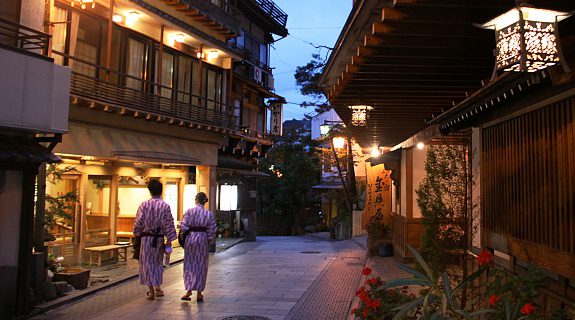
Japanese Etiquette for communal spaces (bathhouses, public transportation, etc.)
In communal spaces like bathhouses (onsen) or public transportation, it’s important to be mindful of the shared environment. In bathhouses, follow the guidelines regarding bathing and cleanliness, including washing thoroughly before entering the communal bath. When using public transportation, be aware of the designated seating for older people or disabled individuals and give up your seat if needed. Keep noise to a minimum, avoid talking loudly on mobile phones, and be conscious of personal space to maintain a harmonious atmosphere.
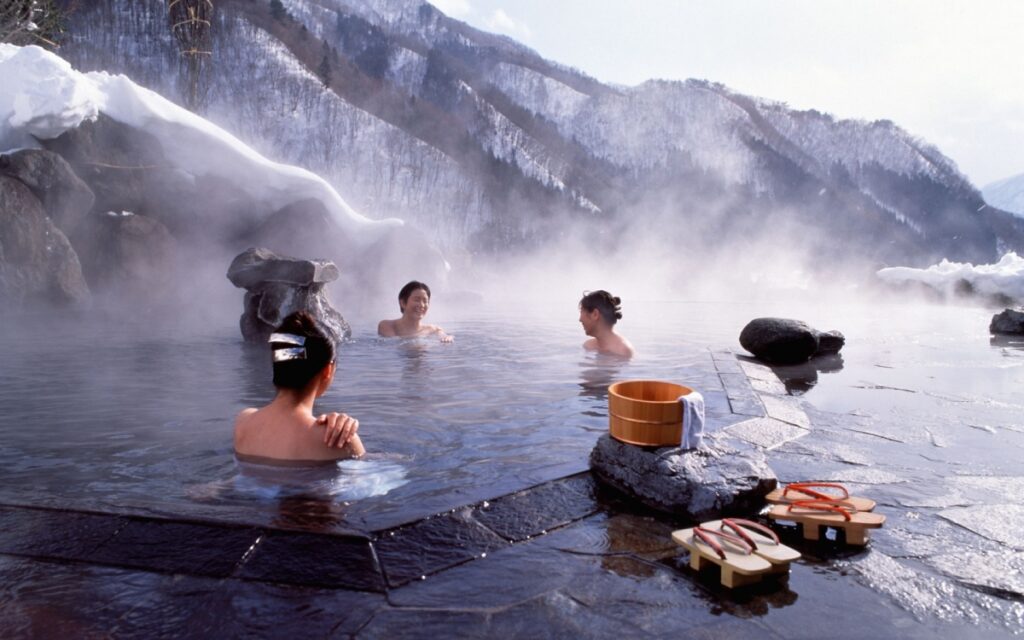
Being mindful of noise and cleanliness
Noise and cleanliness are highly valued in Japanese culture. Whether you’re in public spaces, residential areas, or even hotels, it’s crucial to be mindful of your actions. Keep your voice volume low, especially in quiet areas or late at night. Avoid littering and make use of designated trash cans. If dining in public, dispose of your trash appropriately. Additionally, maintain cleanliness by properly disposing of tissues, using hand sanitizers, and taking care not to damage or leave any mess behind.
Etiquette for Special Occasions
A. Weddings, funerals, and other ceremonies: Special occasions like weddings and funerals hold great significance in Japanese culture. When attending a wedding, it’s customary to dress formally and conservatively. Offer your congratulations to the couple and present a monetary gift in a special envelope called “shugi-bukuro.” Funerals require a somber and respectful demeanor. Dress in black or dark colors, offer condolences to the family, and follow the lead of others during the ceremony. Remember to be sensitive to the emotions of those around you and conduct yourself with solemnity and empathy.
Traditional tea ceremonies and their customs
Tea ceremonies are an integral part of Japanese culture, known for their serene and ritualistic nature. When participating in a tea ceremony, observe the host’s instructions and maintain a calm and respectful demeanor. Before entering the tea room, purify yourself by rinsing your hands and mouth at the designated area. When receiving tea, hold the cup with both hands, admire its beauty, and express your gratitude to the host. Take small sips and savor the flavor. Avoid making excessive noise or gestures that may disrupt the tranquil atmosphere.
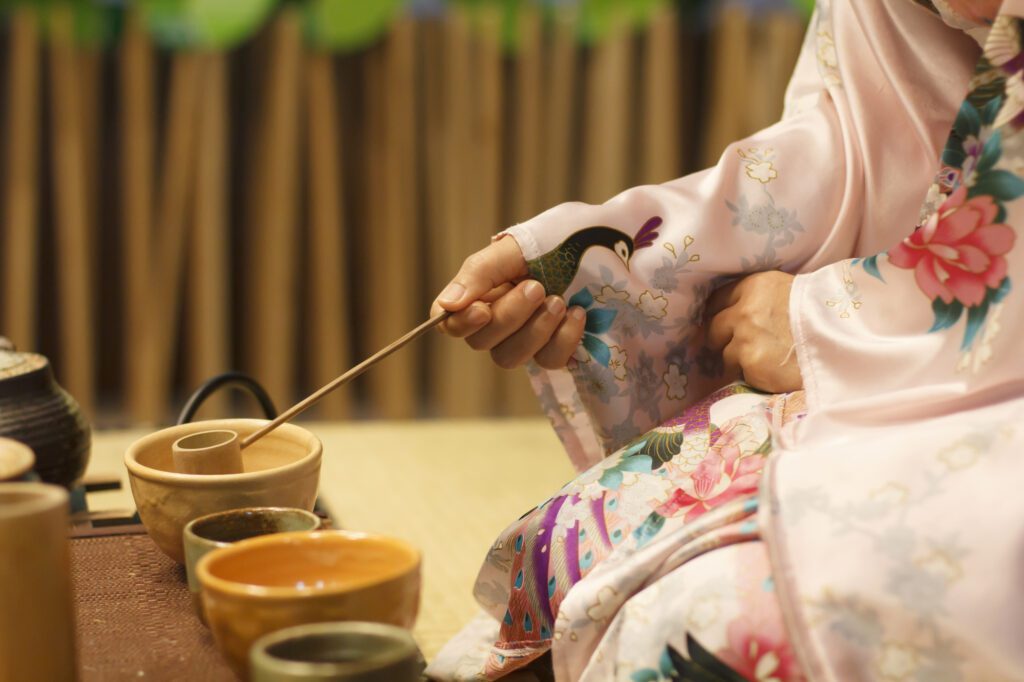
Festivals and seasonal celebrations
Japan is renowned for its vibrant festivals and seasonal celebrations. Whether it’s cherry blossom viewing (hanami), summer fireworks (hanabi), or autumn moon-viewing (tsukimi), each occasion has its own customs and traditions. Dress in casual or traditional attire, participate in the festivities, and respect the rules and guidelines set by the event organizers. Be mindful of the environment, dispose of trash properly, and enjoy the cultural performances and delicacies offered during these joyous occasions.
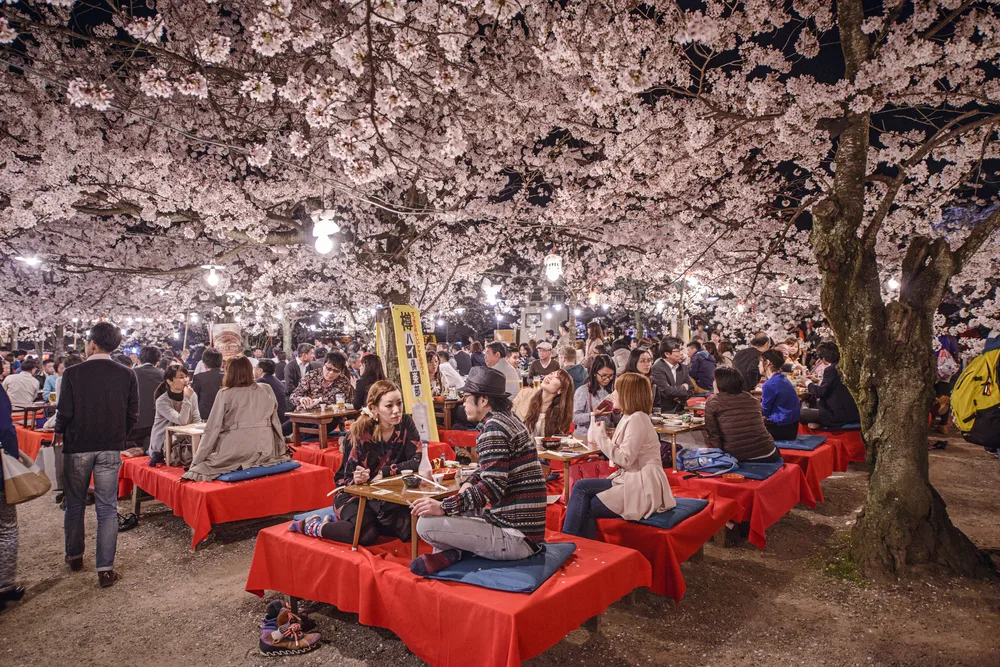
Dress code and behavior guidelines for each occasion
For special occasions in Japan, adhering to appropriate dress codes and behavior guidelines is essential. Formal occasions typically require conservative attire, such as suits or traditional attire like kimono. Pay attention to specific instructions regarding dress codes, such as avoiding white attire for weddings or adhering to specific colors for funerals. Additionally, maintain proper posture, speak softly, and follow the lead of others during ceremonies and events. Respectful behavior, both in appearance and conduct, is crucial for honoring the significance of these special occasions.
Learn more about Japanese etiquette
- “The Book of Japanese Etiquette” by Boye Lafayette De Mente: This book provides a comprehensive guide to understanding and practicing Japanese etiquette in various social settings. It covers topics such as greetings, table manners, gift-giving, and business etiquette.
- “Japan: A Guide to Traditions, Customs, and Etiquette” by Boye Lafayette De Mente: Another excellent book by Boye Lafayette De Mente, it explores Japanese customs, traditions, and etiquette in a broader context. It offers insights into Japanese society, communication styles, and cultural nuances.
- “The Japanese Mind: Understanding Contemporary Japanese Culture” by Roger J. Davies and Osamu Ikeno: While not solely focused on etiquette, this book delves into the fundamental aspects of Japanese culture, including the underlying values, beliefs, and thought processes that influence Japanese etiquette.
- “The Essence of Japanese Cuisine: An Essay on Food and Culture” by Michael Ashkenazi and Jeanne Jacob: Food plays a significant role in Japanese culture and etiquette.
- “Japanese Culture: The Religious and Philosophical Foundations” by Roger J. Davies and Osamu Ikeno. It explores key concepts of Shintoism, Buddhism, Confucianism, and other belief systems, providing a deeper understanding of the cultural context in which Japanese etiquette is rooted.
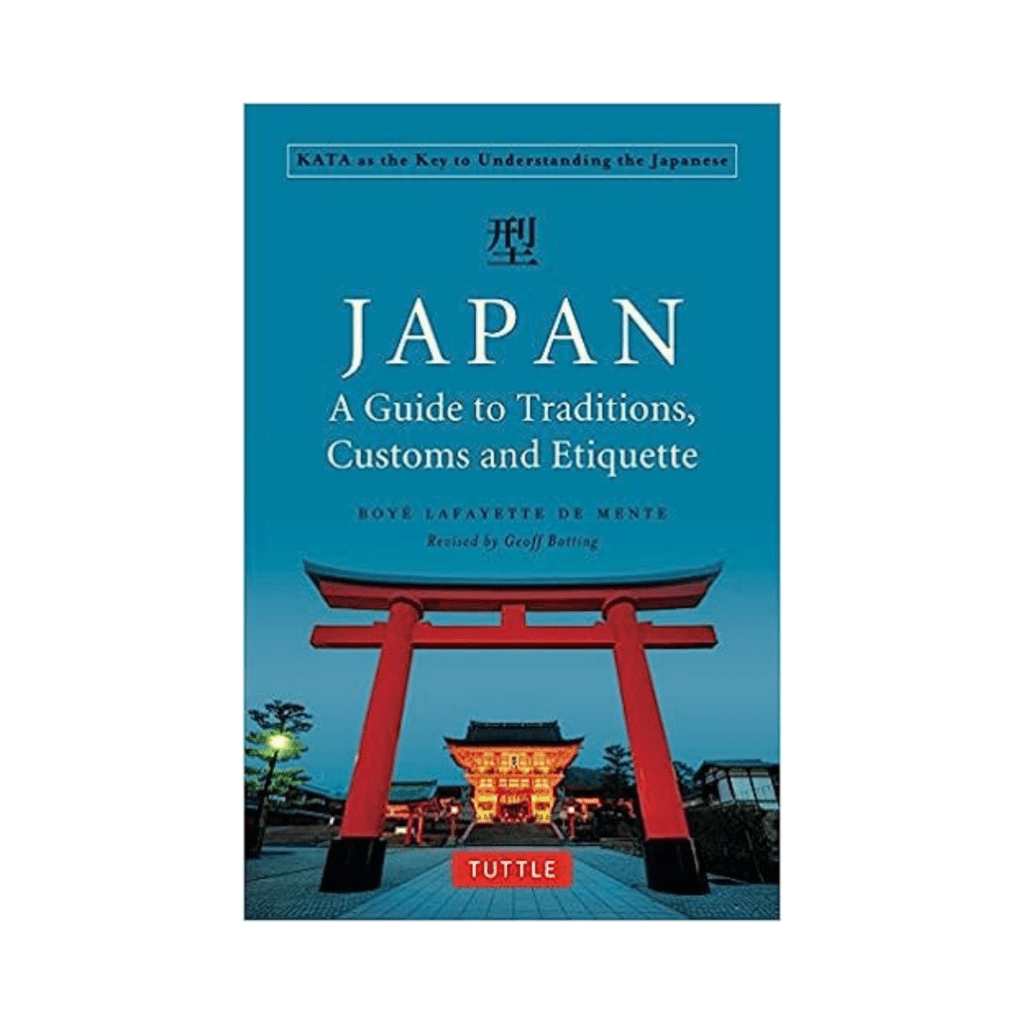
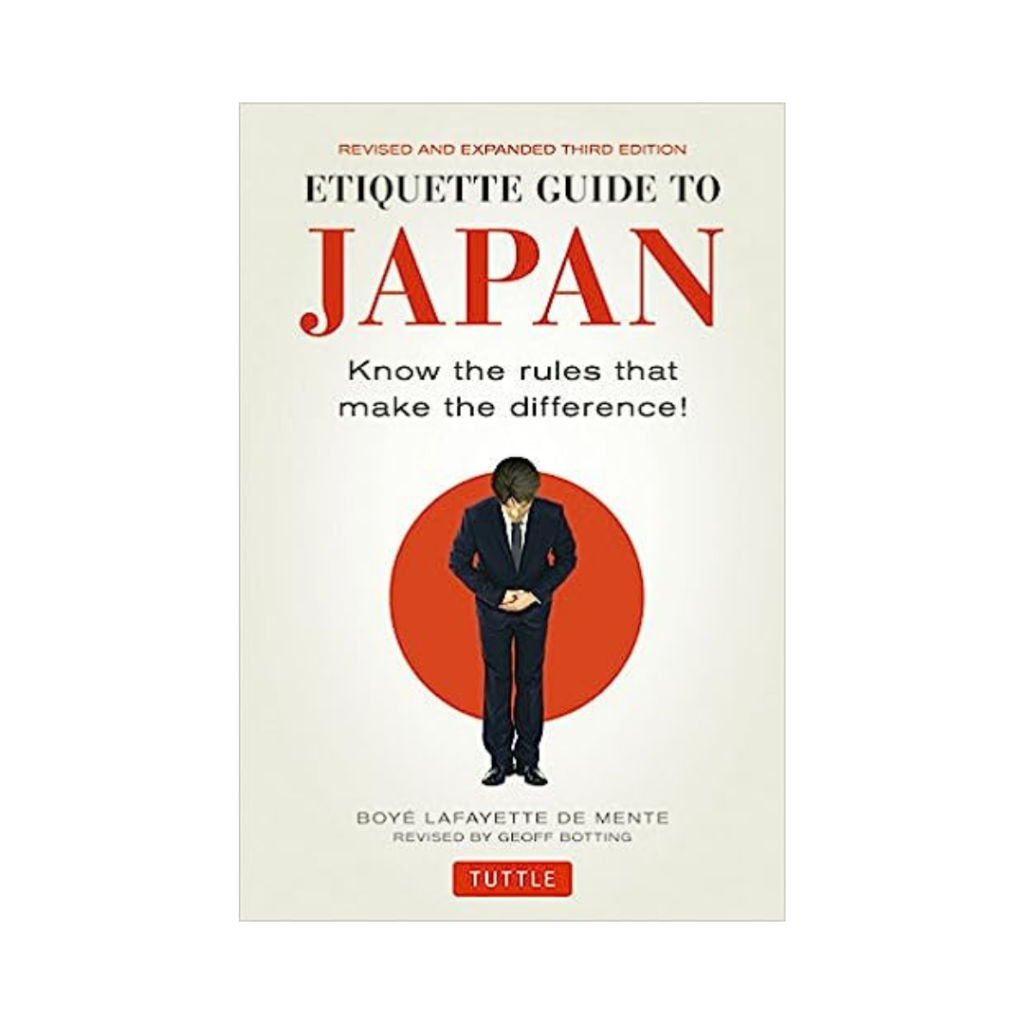
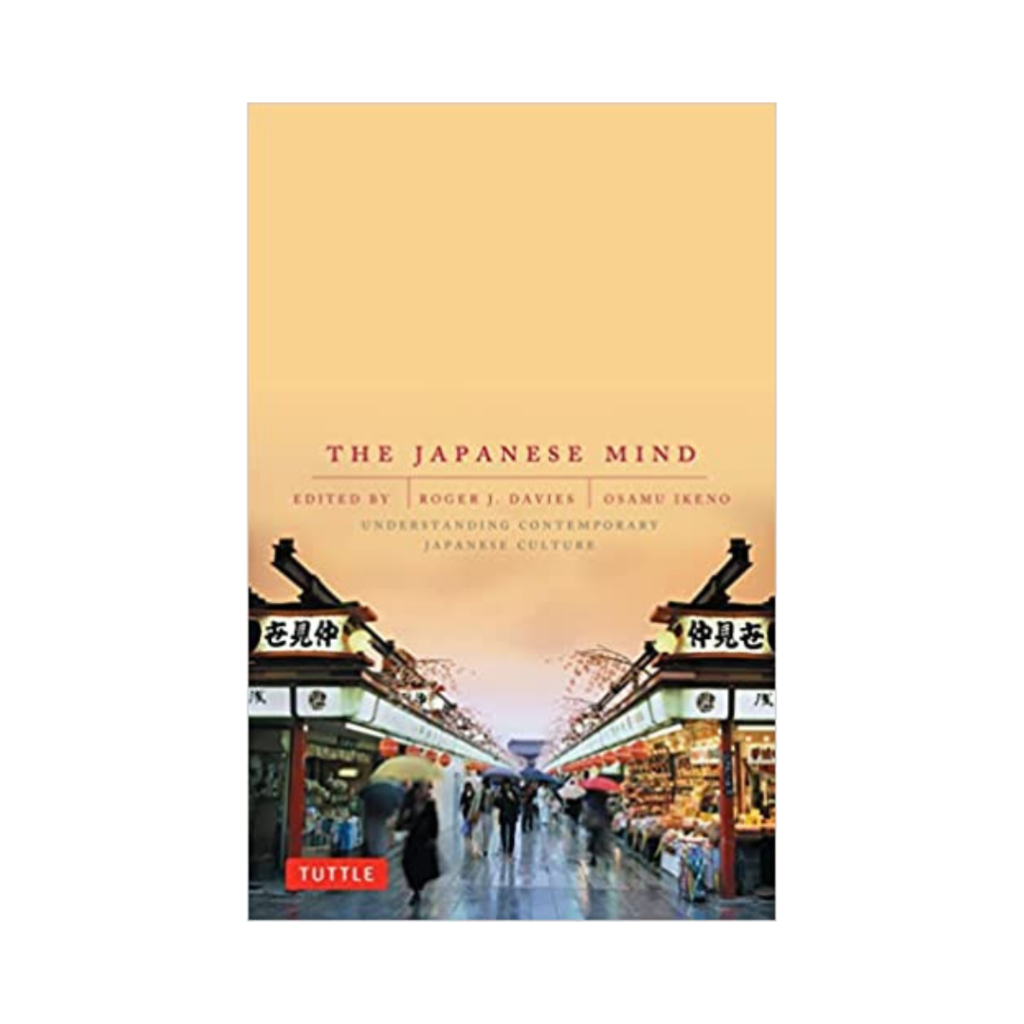

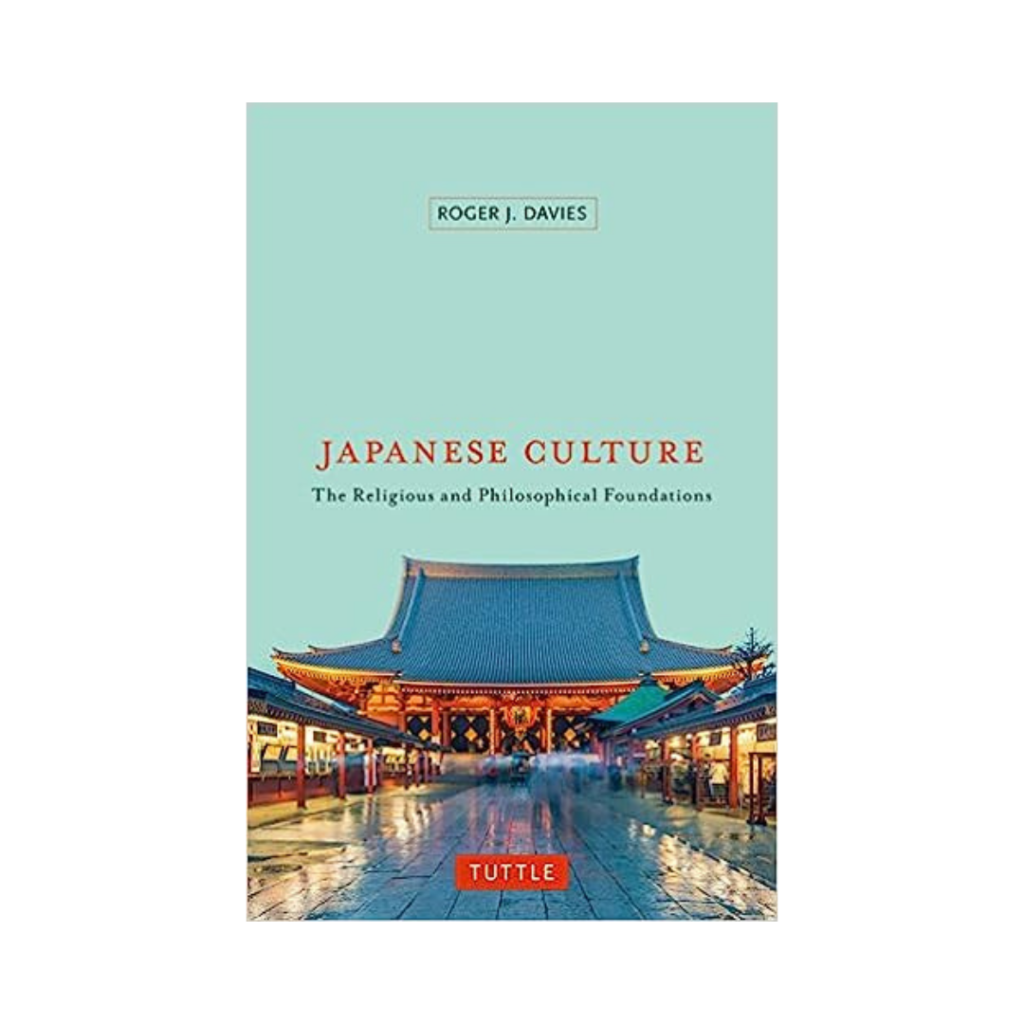
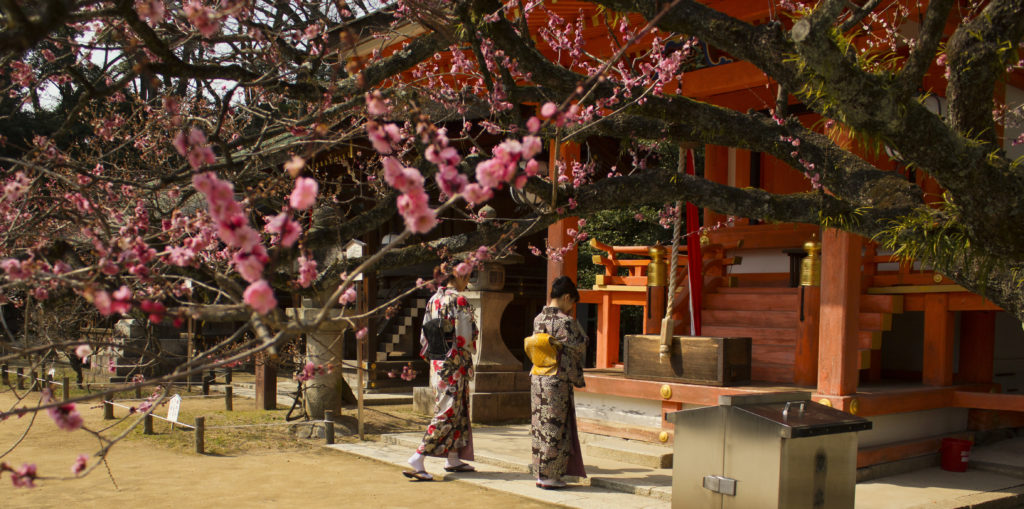
Deepen your understanding of Japanese society
Understanding and practicing Japanese etiquette is essential for navigating social interactions and showing respect for the rich cultural traditions of Japan. From bowing and mindful behavior to gift giving and receiving, communication and politeness, and visiting homes and places, each aspect of Japanese etiquette plays a crucial role in fostering harmony, respect, and appreciation.
By embracing these customs, you not only demonstrate your cultural sensitivity but also create meaningful connections and leave a positive impression on those you encounter. Whether you’re planning a trip to Japan, engaging in business with your Japanese counterparts, or simply interested in expanding your cultural knowledge, this comprehensive guide has equipped you with the tools and insights needed to navigate Japanese etiquette with confidence and grace.
Remember, the art of minding your manners in Japan is an ongoing journey of learning and adaptation. Embrace the principles of respect, humility, and mindfulness, and you’ll find yourself immersed in a cultural experience that goes beyond mere gestures, enriching your interactions and deepening your understanding of Japanese society. When you come to Japan, you will have a completely different experience.
